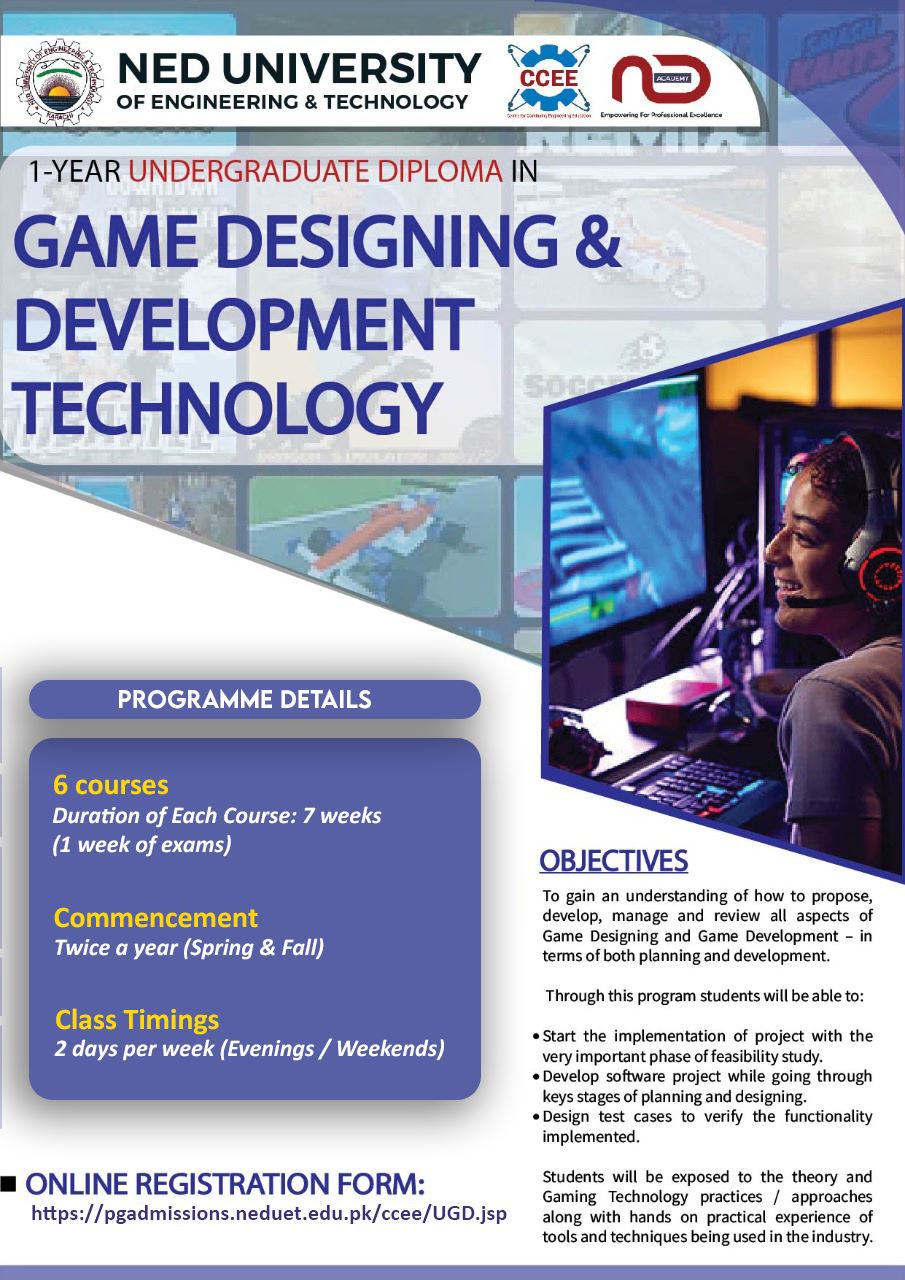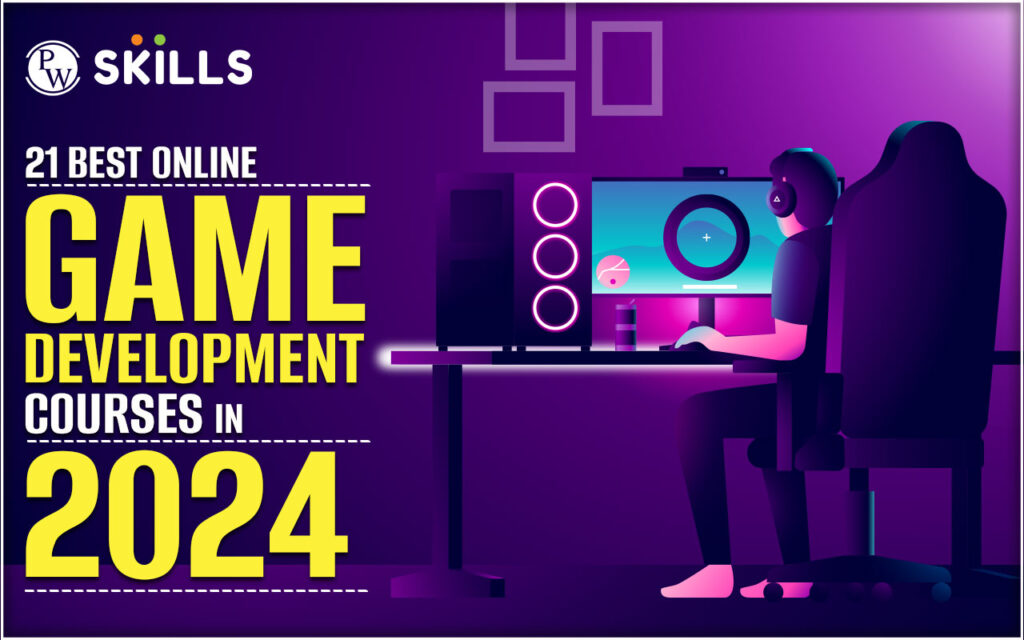I remember it like it was yesterday. Growing up, my world revolved around video games. From pixelated adventures on my first console to epic open-world sagas, I was captivated. But it wasn’t just about playing; it was about the magic behind the screen. How did these worlds come to life? How did characters move, stories unfold, and challenges feel so real? For years, it was a distant dream – something only "geniuses" in far-off studios could do. Making my own game? That felt as impossible as flying.
Then, one day, scrolling through endless forums and watching countless YouTube videos, a new path appeared: a Game Development Course. It wasn’t just a random video; it was a structured program, promising to take someone like me – a complete beginner with zero coding experience – and guide them toward building their own game. Skepticism battled with a surge of hope. Could this actually be my chance to step from the player’s seat into the creator’s chair?
The Leap of Faith: Choosing My Game Development Course
The first hurdle was finding the right Game Development Course. There were so many options out there, both online and in-person. It felt like trying to pick a favorite star in the night sky. I looked for a few key things:
- Beginner-Friendly: This was non-negotiable. I needed something that started from the absolute basics, assuming I knew nothing (which was true!).
- Practical Projects: I didn’t just want theory; I wanted to make things. Small games, prototypes, anything to see my ideas take shape.
- Supportive Community: Learning something new can be tough. I hoped for a place where I could ask silly questions without judgment and connect with fellow aspiring developers.
- Industry-Relevant Tools: I kept hearing about Unity and Unreal Engine. I wanted a course that taught at least one of these powerful tools.
After a fair bit of research, I finally picked an online Game Development Course that seemed to tick all the boxes. It felt like a massive decision, a real investment in myself. The butterflies in my stomach were doing acrobatics.
Stepping Into the Unknown: My First Days in Game Development
The initial weeks were a whirlwind. We started with the absolute fundamentals. Not with complex game mechanics, but with the building blocks: what is a variable? What’s a function? How does a computer "think"? It felt a bit like learning a new language, which, in a way, it was.
Our instructors were fantastic, explaining concepts in ways that made sense even to my uninitiated brain. They broke down seemingly complex ideas into bite-sized pieces. I remember the pure satisfaction of writing my first line of code that actually did something – making a simple character move on screen. It wasn’t much, just a colored square sliding left and right, but for me, it was pure magic. It was the first tangible proof that I could, in fact, learn to make a game.
The Tools of the Trade: Building Worlds with Unity (and a Nod to Unreal)
My chosen Game Development Course focused heavily on Unity, one of the most popular game engines out there. It’s essentially a powerful software that lets you design, build, and run games across different platforms. We learned how to:
- Create 3D and 2D environments: Placing objects, building levels, adding textures. It was like having an endless box of digital LEGOs.
- Write scripts in C#: This is where the game logic comes in. How does the player jump? How does an enemy react? This is all controlled by code. It was challenging, but seeing my code bring objects to life was incredibly rewarding.
- Design game mechanics: We explored what makes a game fun, challenging, and engaging. This wasn’t just about programming; it was about understanding player psychology, level design, and storytelling.
- Add sound and visual effects: Making explosions look cool and sound impactful – it’s all part of the immersive experience.
While my course centered on Unity, we also touched upon the concepts that apply to Unreal Engine, another industry giant. The beauty of learning game development is that many core principles, whether it’s programming logic or game design, transfer across different tools.
The Bumps on the Road: Debugging, Frustration, and Breakthroughs
Let’s be honest: it wasn’t all smooth sailing. There were moments – many of them – where I felt completely lost. My code wouldn’t work, an object would behave strangely, or an entire project would just… break. These were the "debugging" moments, where I’d stare at lines of code for hours, trying to find that one tiny typo or logical error that was causing everything to go wrong.
I vividly recall one assignment where my character kept falling through the floor. For two days, I was stuck. Frustration mounted. I almost gave up. But then, thanks to a hint from an instructor and a lot of trial and error, I found the problem: a tiny checkbox I hadn’t ticked. When the character finally landed firmly on the ground, I literally cheered. These moments of struggle, followed by a breakthrough, were incredibly empowering. They taught me patience, problem-solving, and the importance of not giving up.
The "Aha!" Moments: Seeing My Creations Come to Life
But for every frustrating moment, there were ten incredibly satisfying ones. The first time I successfully made a character collect an item, and a score popped up. The first time I designed a simple puzzle that actually worked. The first time I shared a tiny prototype with my classmates, and they gave positive feedback.
Each of these small victories built my confidence. My Game Development Course wasn’t just teaching me technical skills; it was teaching me how to think like a developer, how to break down big problems into smaller, manageable tasks, and most importantly, how to bring my creative visions to life.
Beyond the Code: Community and Collaboration
One of the most unexpected but valuable parts of the Game Development Course was the community. My classmates came from all walks of life – some were artists, some were writers, some, like me, were just curious gamers. We shared ideas, helped each other debug problems, and celebrated each other’s successes.
Our instructors weren’t just teachers; they were mentors. They offered advice on everything from coding best practices to navigating the game industry. They encouraged us to experiment, to fail fast, and to learn from our mistakes. This supportive environment made the steep learning curve feel much less daunting.
What’s Next? My Journey Continues
Finishing my Game Development Course wasn’t the end; it was just the beginning. I now have a foundational understanding of game programming, game design principles, and the tools needed to make a game. I’ve got a small portfolio of projects that I’m proud of, and more importantly, I have the confidence to keep learning and building.
If you’ve ever dreamt of learning game development or making your own games, but felt overwhelmed or thought it was too hard, I wholeheartedly recommend exploring a Game Development Course. It’s an investment in your creativity and a gateway to a world of endless possibilities. You don’t need to be a coding genius or a brilliant artist to start. You just need curiosity, a willingness to learn, and the courage to take that first step.
My journey from a captivated player to an aspiring creator has been challenging, exciting, and incredibly rewarding. And if I, a complete beginner, can start building my own game worlds, imagine what you could create. The tools are accessible, the knowledge is out there, and your unique ideas are waiting to be brought to life. So, what are you waiting for? Your adventure in game development for beginners could start today.



